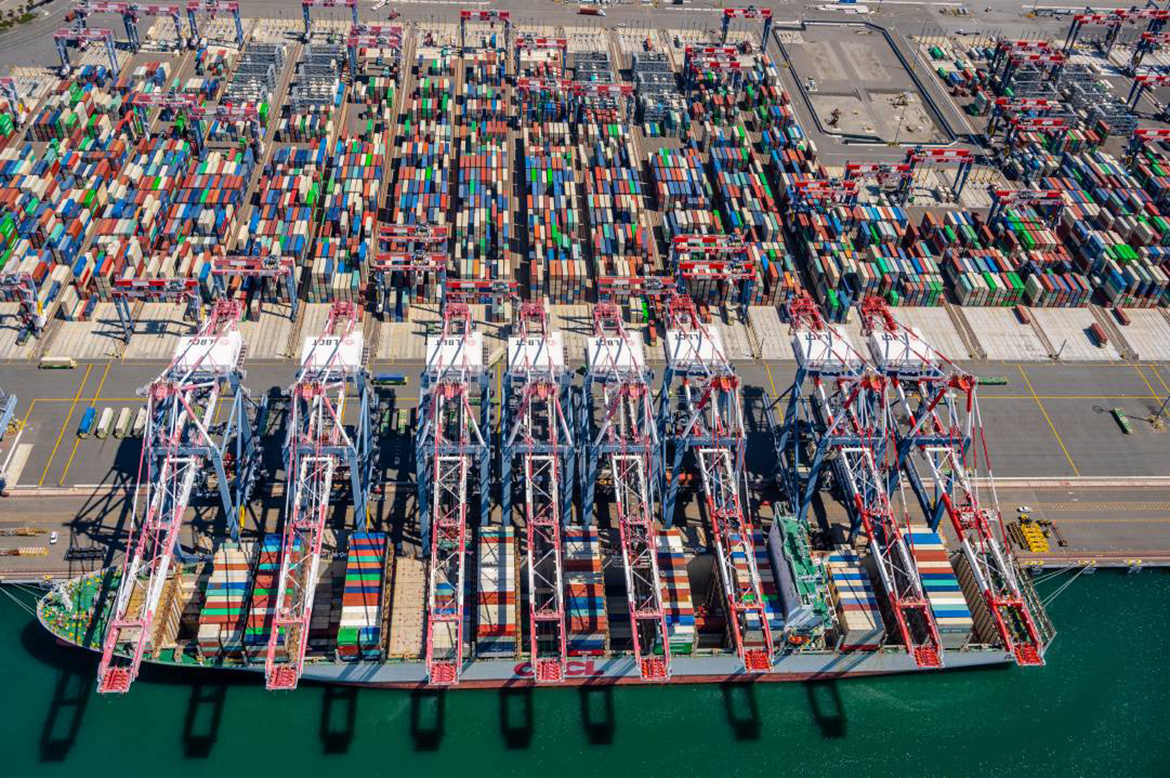The UK subscription box market* is forecast to grow by 72 per cent by 2022, according to a report commissioned by Royal Mail. The market is forecast to be valued at £1 billion by 2022, compared to £583 million estimated spend in 2017.
This will see the number of deliveries each year grow from 40.1 million to an estimated 65.3 million. Spurred on by the growth of mobile devices, subscription commerce has moved on from a past focus on magazines and newspapers to embrace everything from recipe food kits, to shaving gear and self-care.
The UK subscription market is still in relative infancy compared to mature markets like the USA, but it appears to now be in a phase of rapid growth.UK consumers are embracing subscription brands: home-grown start-ups like Cornerstone exceeding their own expectations for their subscriber base; while established subscription brands such as Graze have found favour overseas.
Strong consumer demand
Over a quarter (27.4 per cent) of UK consumers are currently signed up to a subscription box service, either for themselves or on behalf of somebody else. Over half of 25-34 year olds (52.1 per cent) are signed up to at least one, compared to 11.7 per cent of 55-64 year olds and 7.6 per cent of those over 65 year olds. There is also a slight male skew, with 30.6 per cent of men signed up, compared to 24.3 per cent of women. This reflects the strong traction that male-focussed boxes have gained.
Male grooming and beauty subscription services offer the biggest growth opportunities in the market. The report suggests that male grooming subscriptions could attract almost two million members by 2022, making them the fastest growing subscription category.
Beauty box services also cater to the replenishment needs of their subscribers, but additionally offer the excitement of getting to try out new products. Beauty subscription services are more established in the UK than their counterparts in male grooming. But, there remains significant growth potential, with health and beauty revenue forecast to grow by 229.8 per cent between 2017 and 2022, according to the report.
‘Niche’ products also represent a strong growth opportunity, especially within the food and drink sector. There are plenty of opportunities to cater for specialised diets, such as veganism, with shoppers often appreciating a helping hand when it comes to deciding what to eat. More unusual products that are not easily available in shops also offer up an opportunity to service needs not currently being met by mainstream retailers. Many of these categories are particularly well suited to small companies, given that demand is unlikely to be sufficiently widespread to attract the attention of more established competitors.
The business perspective
Six in ten (58.6 per cent) of the businesses we surveyed intend to invest in new or existing subscription services in the next year. Almost three quarters (72.4 per cent) intend to add new products to their service in the next twelve months. In terms of the likely longevity of this type of business model, over half (51.7 per cent) of the businesses we surveyed agree that subscriptions are set to be a major focus for their company in the future.
Driving greater brand loyalty is a key motivation for launching a subscription box service, cited by 44.8 per cent of those surveyed and operating such a service. Other important reasons for starting a subscription box service include the desire for greater control, in particular control of distribution (34.5 per cent), control of marketing and promotion (24.1 per cent) and lower start-up costs (24.1 per cent).
Oliver Bridge, Founder & CEO, Cornerstone said “Based on our experience of rapid growth at Cornerstone, I put the popularity of subscription services down to two key factors: (1) the sheer convenience the subscription model can offer consumers versus spending time in a physical shop and (2) many authentic and engaging brands are now choosing to be digital-first rather than selling through traditional retailers. If consumers want to buy from independent, up and coming brands often the only way to do so is directly from the brands themselves, through the internet.”
A spokesperson from Royal Mail said “Our Report demonstrates demand amongst consumers for subscription box services, and an appetite amongst UK businesses to invest time and money to participate in the future growth of this part of the delivery market. To date, the boom in subscription box services has largely been driven by start-ups. This forecast of further growth offers an opportunity for existing businesses and budding entrepreneurs to get out there and offer their own services. We’re here to help them along the way, wherever they are in the UK.”


























